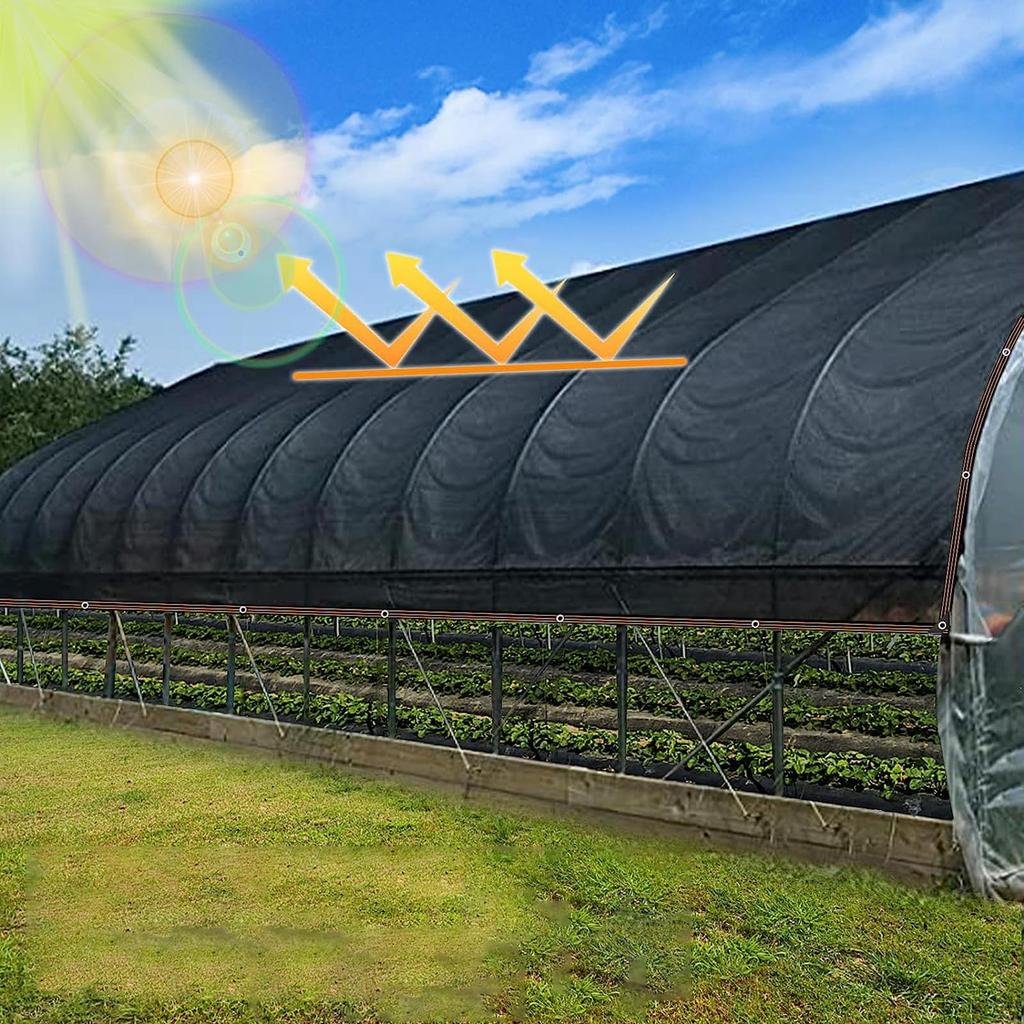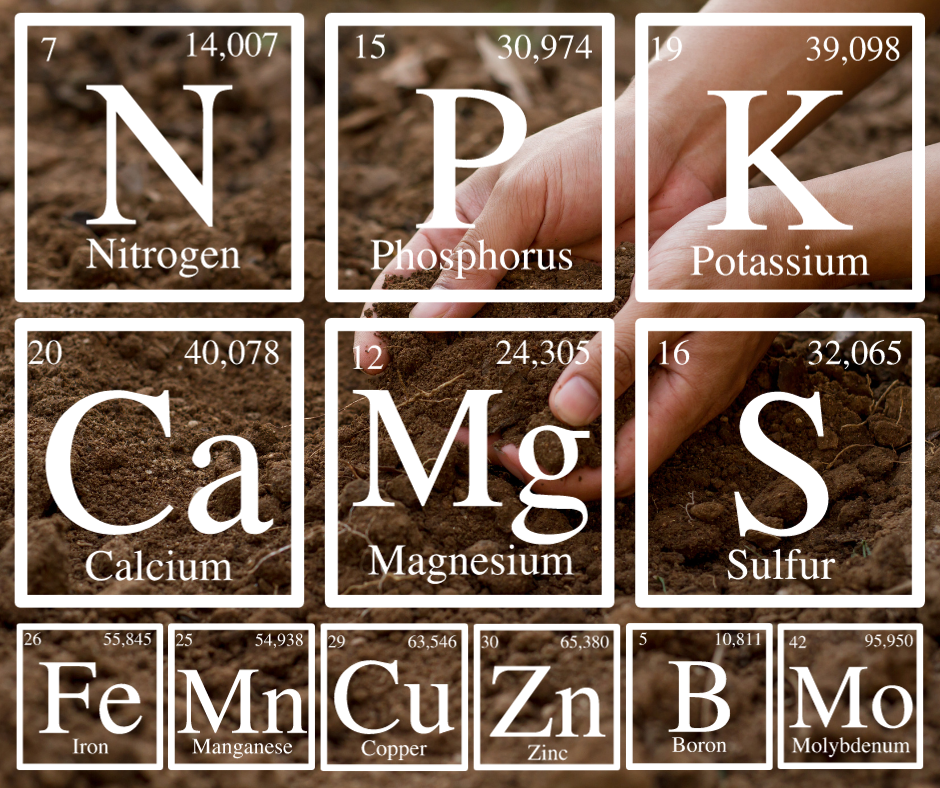
Shade nets are essential for safeguarding crops from excessive sunlight, harsh winds, and certain pests. However, choosing the correct shade net percentage is critical to providing the ideal growing conditions for specific plants. This guide explores the types of shade nets, their applications, and how to select the best one for your agricultural needs.
Shade nets are categorized by the percentage of sunlight they block, typically ranging from 30% to 90%. Each percentage serves different crop needs:
Determine the specific light and temperature needs of your plants.
Match the shade net percentage to your region’s weather, especially sunlight intensity and temperature.
Choose UV-stabilized nets for enhanced durability and long-term performance.
Measure your greenhouse or field dimensions for a perfect fit.
Provides shaded cooling shelters for animals in hot climates, reducing heat stress.
Shade nets work by diffusing sunlight and reducing solar radiation intensity. The ideal shade percentage depends on:
Plant Photosynthetic Needs
Crops with high photosynthetic activity (e.g., tomatoes) perform well under 30-50% shade, while low-light plants like ferns thrive under 70-90% shade.
Climate Adaptation
In hot regions, such as Northern Africa, nets with higher UV resistance and reflectivity are essential to combat extreme temperatures.
Made from aluminum-coated material, these nets reflect heat while allowing light to penetrate. Ideal for greenhouses in hot climates, as they prevent overheating.
Combines pest control and shading by blocking insects like aphids and whiteflies.Commonly used in nurseries and organic farming setups.
Tinted nets (e.g., red, blue, or green) influence plant growth. Example: Red nets stimulate flowering in ornamental plants.
Installed as internal or external coverings to regulate light and temperature. Double-layered shading is used for crops sensitive to heat stress.
Shade nets double as windbreaks in windy regions, protecting delicate crops from damage.
Used to create shaded areas for livestock, reducing heat stress and improving animal welfare. Real-World Example: Shade Nets for Coffee Farming
In East Africa, coffee plantations commonly use 50% shade nets to protect young plants from direct sunlight and heavy rain. By diffusing light, these nets promote even ripening of coffee cherries, enhancing their flavor and overall quality.
Choosing the right shade net percentage can significantly influence crop health, productivity, and yield. By understanding your crops' unique needs and aligning them with the appropriate shade net, you can create an environment that fosters optimal growth and maximizes efficiency.

Challenges of Wind in African Agriculture
06 Mar 2025

Elements for Plant Nutrition in African Farming
06 Mar 2025

Optimizing Greenhouse Ventilation: Balancing Temperature and Humidity for Maximum Yield
06 Mar 2025

The Role of Trellis Twine and Clips in Vertical Farming
06 Mar 2025